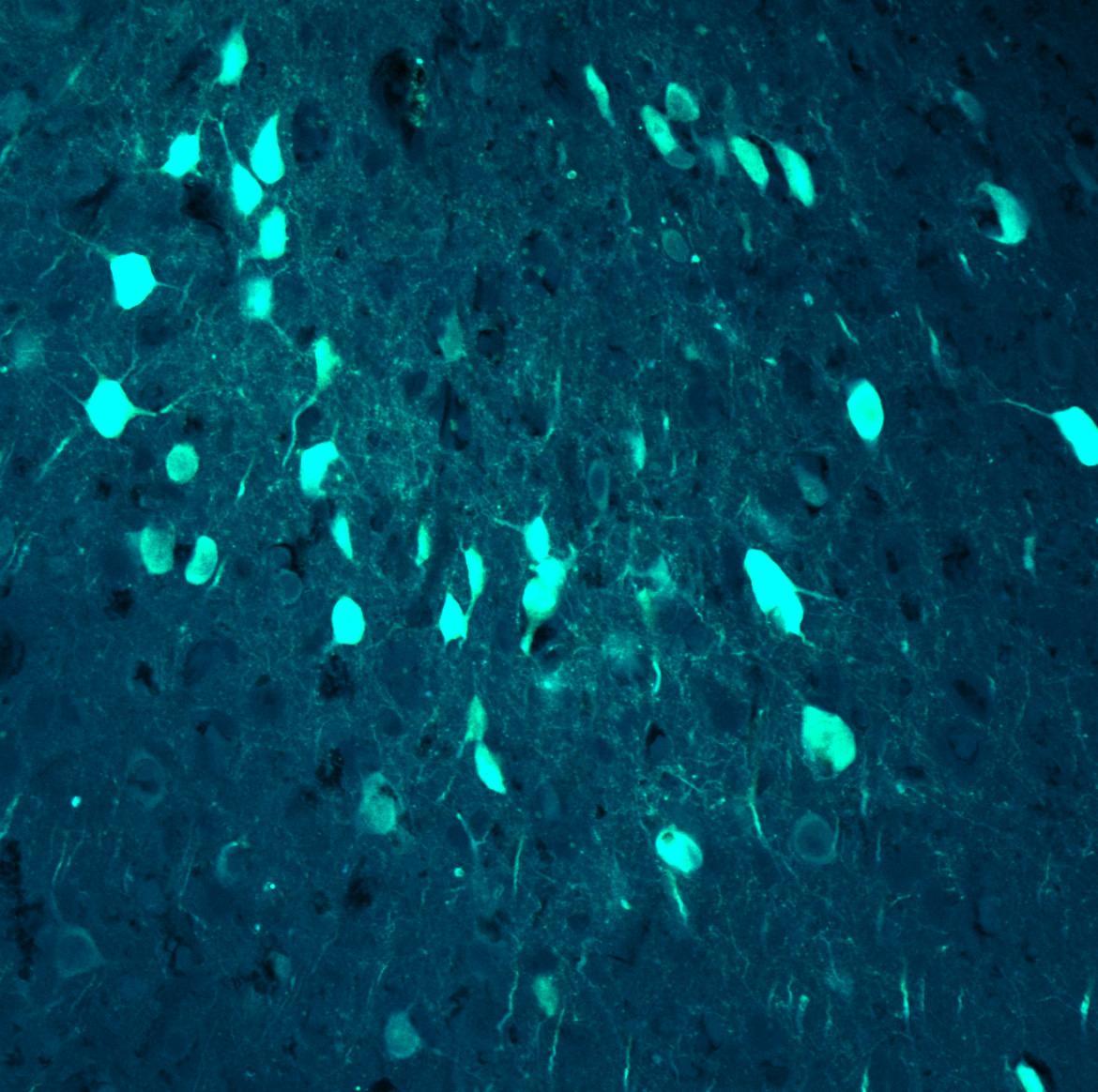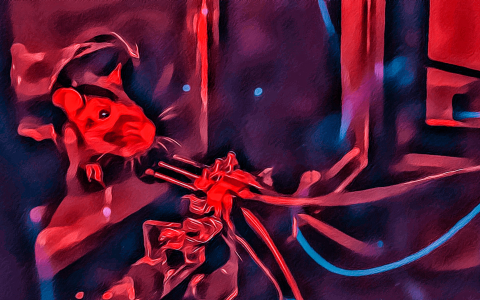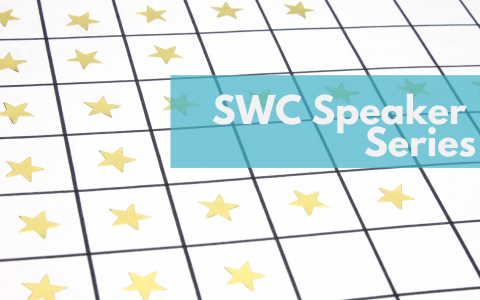
Weighing risk, reward and uncertainty – one decision at a time
Neuroscientist Dr Alicia Izquierdo is working to understand how the brain learns from experience and adapts to change. By studying rats as they make decisions about rewards, costs and risks, her lab at UCLA is uncovering how circuits in the brain's frontal regions work together to guide behaviour.
Alicia recently spoke at SWC and discussed her work using tasks involving reversal learning – where the rules are switched after they are learned - and what she has discovered about the brain regions tuned to different types of decision-making.
Can you describe your current research focus?
We're very interested in the brain mechanisms in learning and decision-making. Specifically, learning about the value of rewards - behaviours and choices that are rewarded are often repeated. The term neuroeconomics describes the general field.
We are aiming to understand the neural circuits and the group of interconnected brain regions that support this kind of learning, particularly the orbitofrontal cortex, anterior cingulate cortex and their interactions with regions like the amygdala and secondary motor cortex.
We conduct behavioural experiments in freely moving rats, and use techniques including chemogenetics, optogenetics, and calcium imaging. We’ve recently found that brain areas once thought to have specialised roles in decision-making may actually function in more overlapping and complementary ways.
We're also interested in how decisions about the world are impacted by different costs. That might be delays, uncertainties or effort, for example. Somehow, we weigh all those costs in making even seemingly simple decisions.
We are interested in how those costs are evaluated in the brain, and we study this in a reduced, simplified way in animals.
What project in your laboratory are you most excited about at the moment?
There's one project that is in its early days that I'm really excited about, it's about volatility.
Just like in the stock market, we can have a very rapidly changing environment with dynamic fluctuations. That kind of volatility might influence how you invest or how you make decisions.
We're interested in how the brain perceives those changes. One of the things we are finding, that really parallels the human experience, is the way rats weigh evidence.
We can study how many time steps back they consider evidence in making a decision in volatile environments. We generally see that they only consider the immediately past time step, and don't much consider long-term evidence. That's similar to the human experience - in a volatile environment, much earlier information is useless. You really just need to know what happened just a moment ago.
There is some evidence that monkeys and humans do this, and so you can see it across species. I think that's exciting to be able to probe the mechanisms of that in a reductionist way.

Confocal microscopy showing pyramidal cells in the orbitofrontal cortex receiving input from anterior cingulate cortex. Credit: Stereotaxic surgery conducted by Juan Luis Romero Sosa, microscopy conducted by Megan Gomez in the Izquierdo lab.
You use reversal learning tasks in rats, where they have to adjust their behaviour when the rules they learned to get a reward are switched around. What do these tasks reveal about real-world decision-making?
I think reversal learning has applications to just about every kind of flexible decision-making that we engage in.
Some variation is relevant to whether you’re changing up your route in the morning to make it to work on time, or whether you’re trying to diminish a bad habit, for example quitting alcohol; there is an aspect of behavioural flexibility that's required for that. And reversal learning provides access to the brain under those conditions, because you require the animal to mix up its strategy and change its behaviour.
A lot of those circuits are very well conserved across mammals, so we have access to perhaps how other animals and humans solve these kinds of problems and how they manage to be flexible.
What are the limits on using animals to understand the human brain or more complex behaviours? Where does the analogy break down?
There are limits to this kind of reduced or simplified model in that we really don't have access to the animal’s experience. Where we can ask a human subject what they are experiencing, or what they are feeling, we can only infer those kinds of things in our animals.
What we try to do in our experiments is to give the animal an opportunity to show what it's experiencing through its behaviour.
How much does the internal state influence these kinds of decisions? If you're hungry or tired or stressed, what effect does that have?
This is probably one of the most interesting aspects of our work. When you are making a decision, you may be in a resource-rich or a resource-poor environment, or perhaps you are just pessimistic.
You can induce that belief system in animals. So, a rat could have a really bad run of luck when it's completing a task – it doesn’t get a reward for a while. Does that deficit or that state influence an animal's decision-making in the future? We think yes: they can adopt a more opportunistic strategy and take advantage where they can.
Could you talk about the sex differences you’ve found between male and female rats doing reversal learning tasks?
Female and male rats are often found to solve the tasks we give them differently.
We're interested in these sex differences, if we can use these to predict how males and females will do on different decision-making tasks, and also how they might respond to interventions for drug seeking. This is relevant to our understanding of substance use disorders.
Have your findings made you think differently about how you make decisions or take choices in your own life?
Yes, I think most certainly. I think we as scientists pick things that we're very curious about.
I have an interest in being flexible in my own decision-making. I think the fact that circuits are wired up for flexibility, but then can, with repeated stimulation and repeated practice, become rigid is interesting. I’m curious how that can translate into obsessive-compulsive disorder or anxiety disorders.
For me personally, I think probably the biggest surprise is how we sometimes make decisions on the basis of novelty. Decisions are sometimes made just because you’re bored or you want to see what happens.
These decisions can appear to be suboptimal, but they actually have some application. This is perhaps the influence of information seeking and curiosity. A decision like this will hit a reset button in the brain and say ok, I don't totally know why I did that, but it will sort of jump-start some kind of circuit that will enable more flexibility. It is a way to introduce some kind of variability in the brain.

Biography
Dr. Izquierdo received a B.S. in Biology and Psychology from Emory University, and a Ph.D. in Cognitive Neuroscience through the Graduate Partnership Program between the National Institutes of Health and The George Washington University. After completing her doctoral work at the National Institute of Mental Health, she spent two years as a postdoctoral fellow at the National Institute on Alcohol Abuse and Alcoholism. Dr. Izquierdo is active in a number of national and international organizations and initiatives that support inclusion in STEM.

